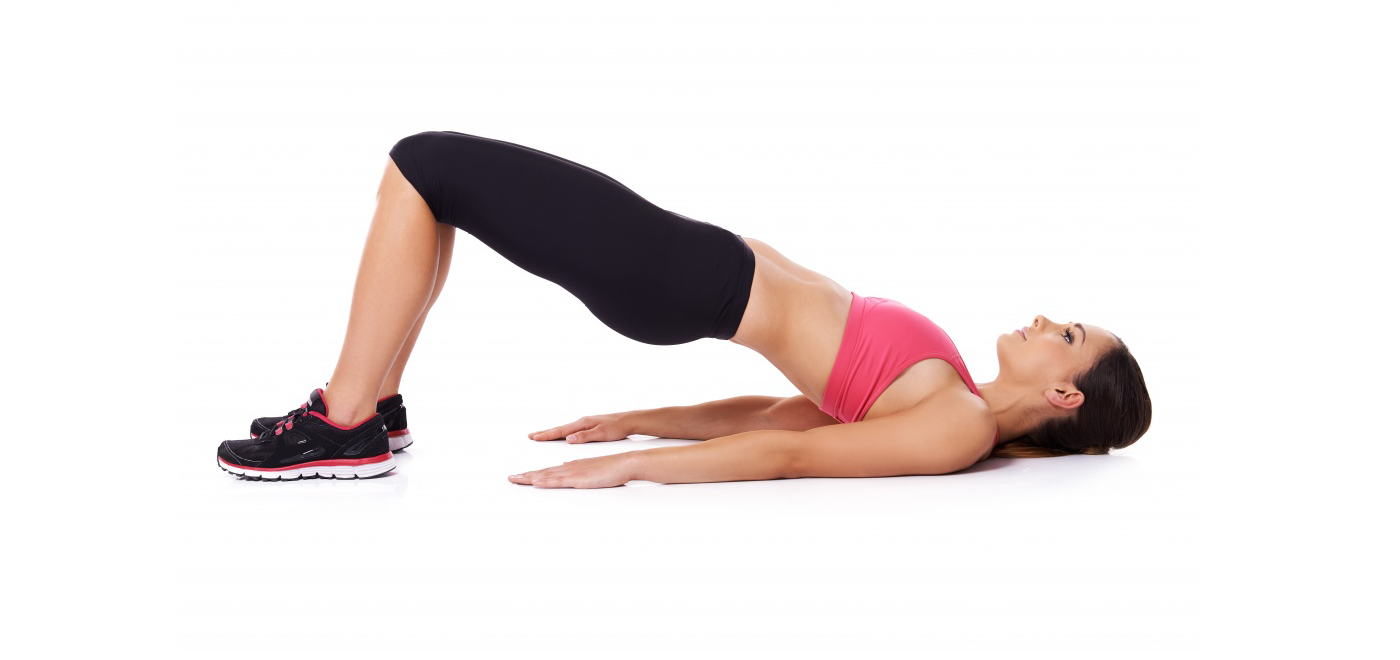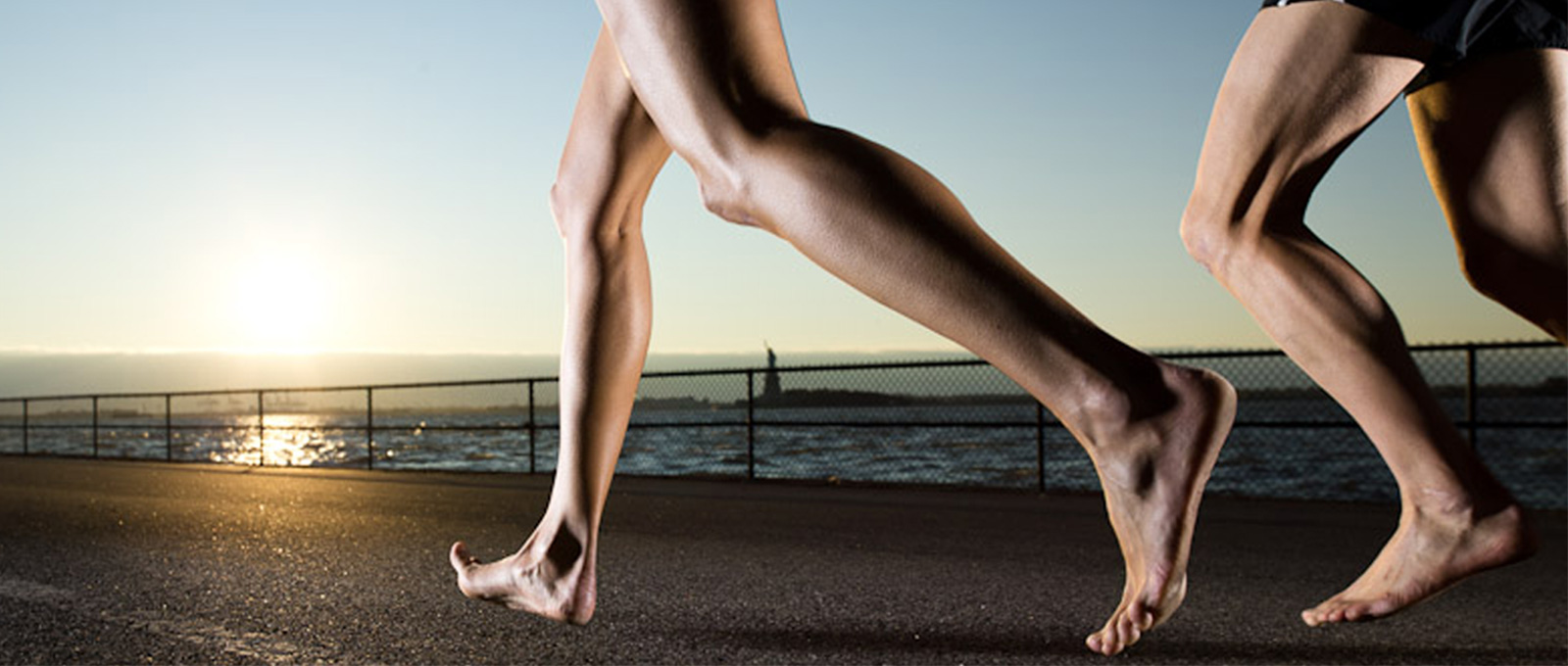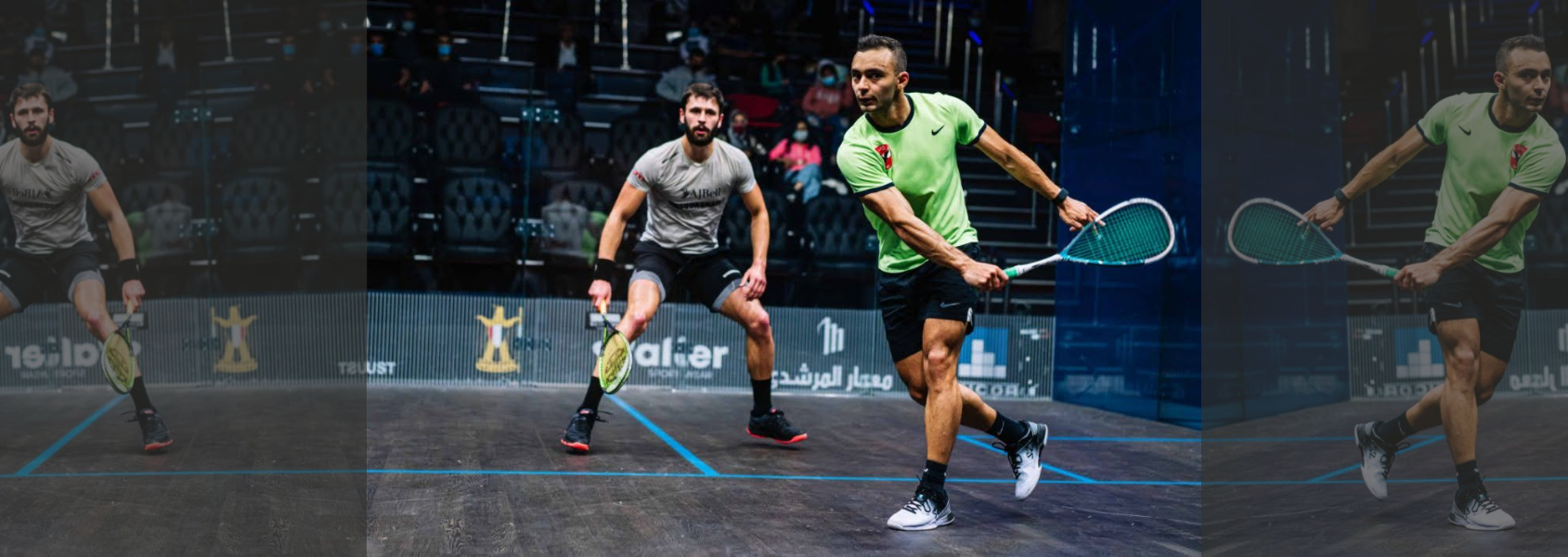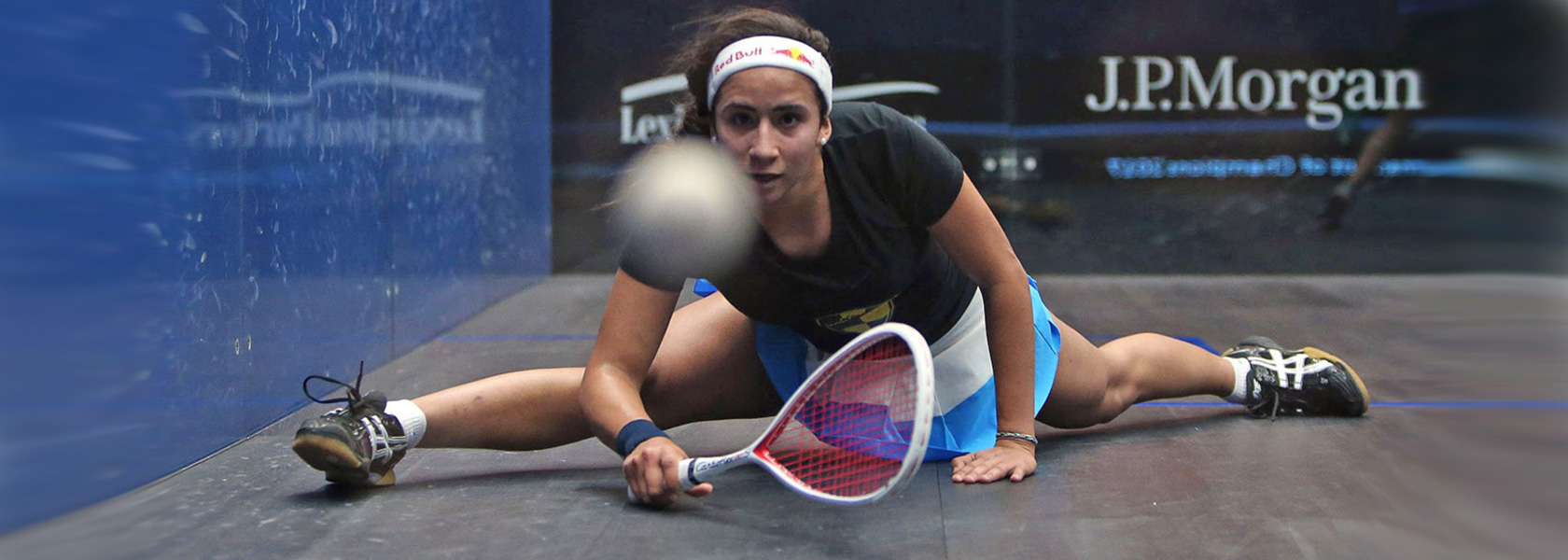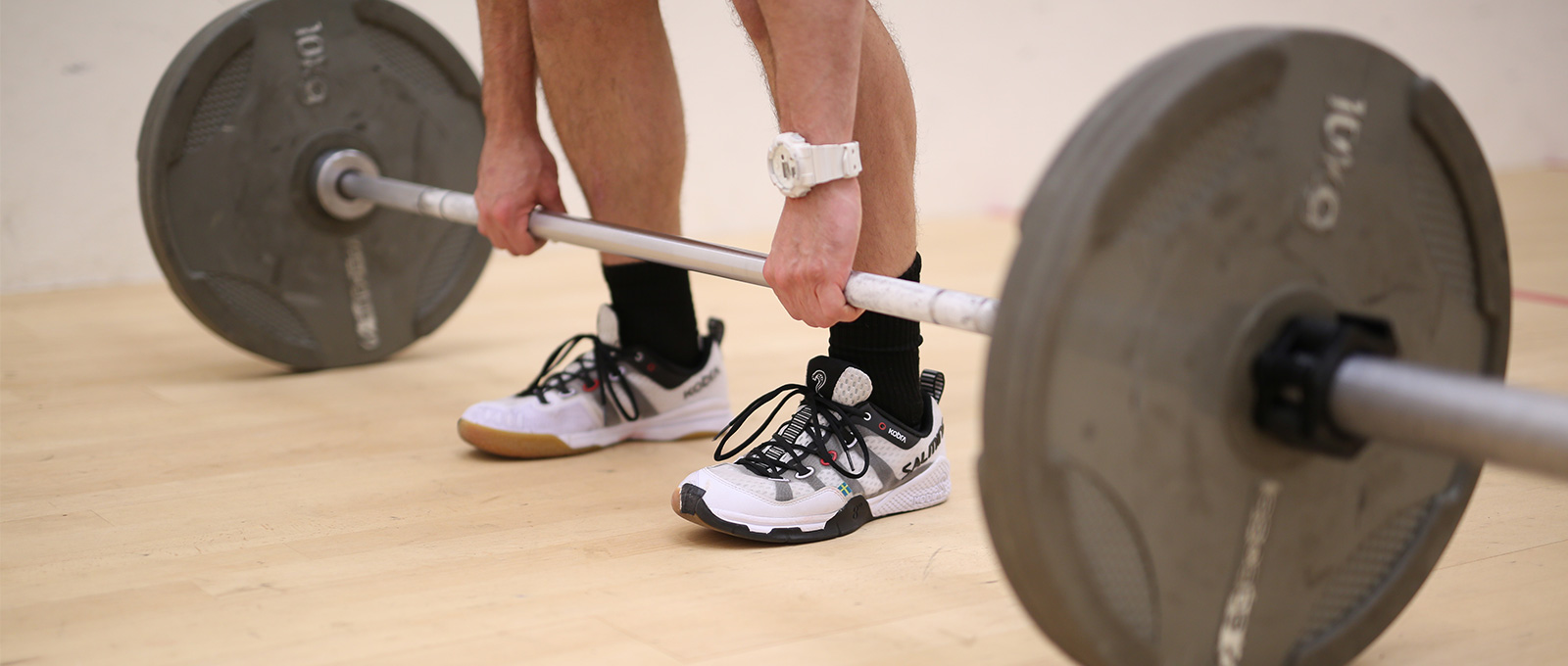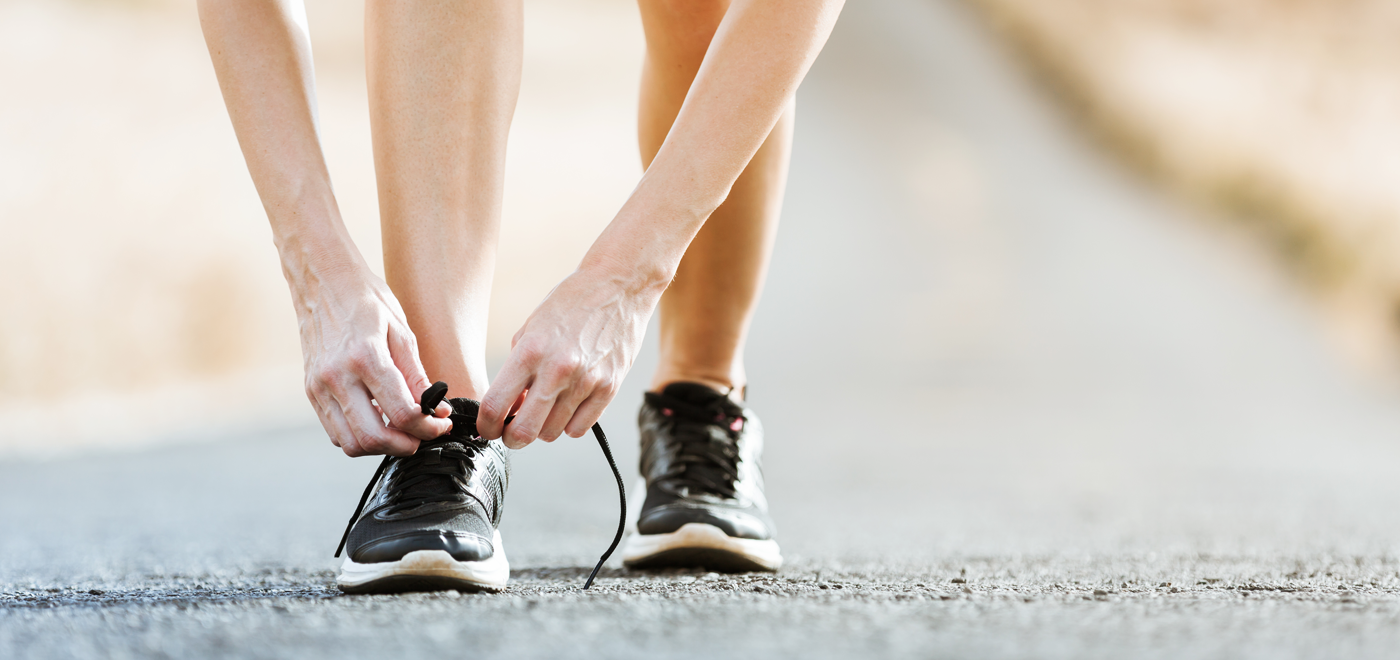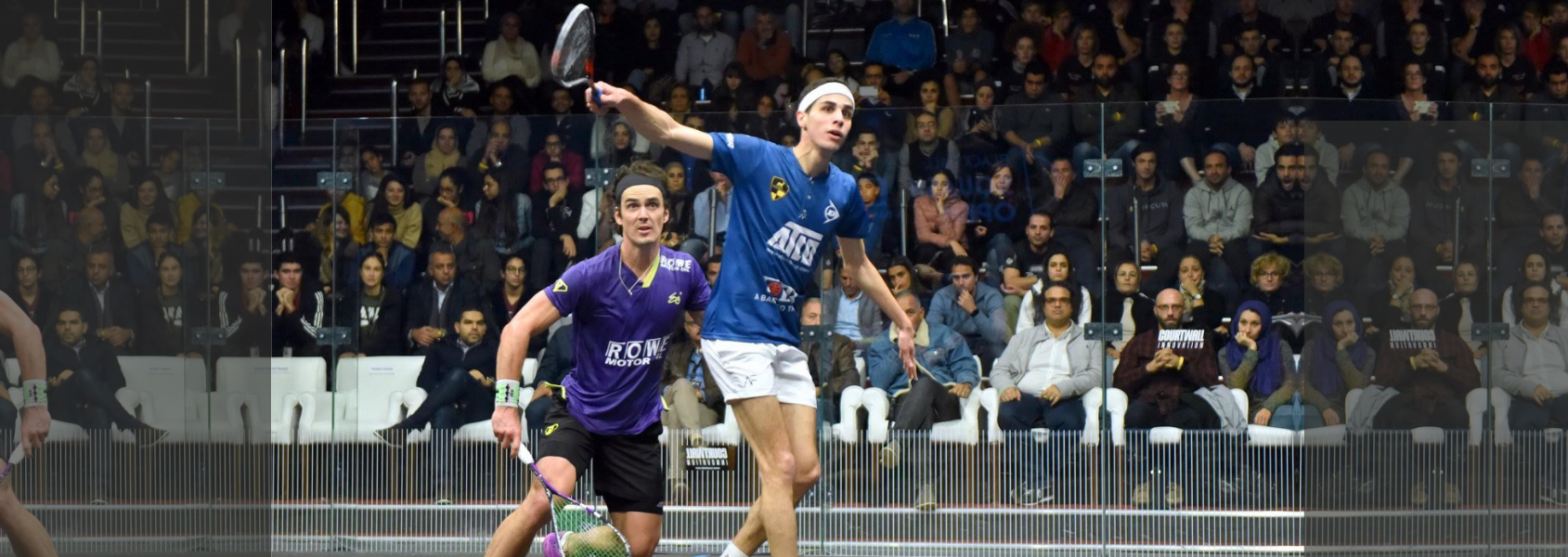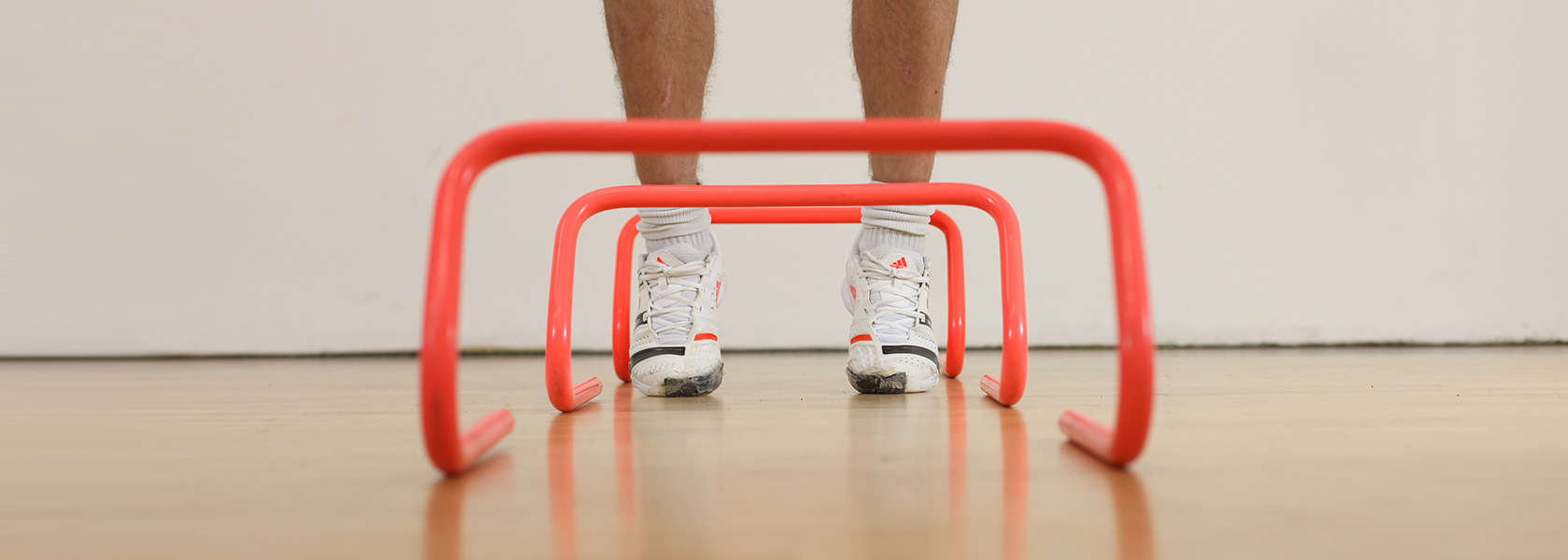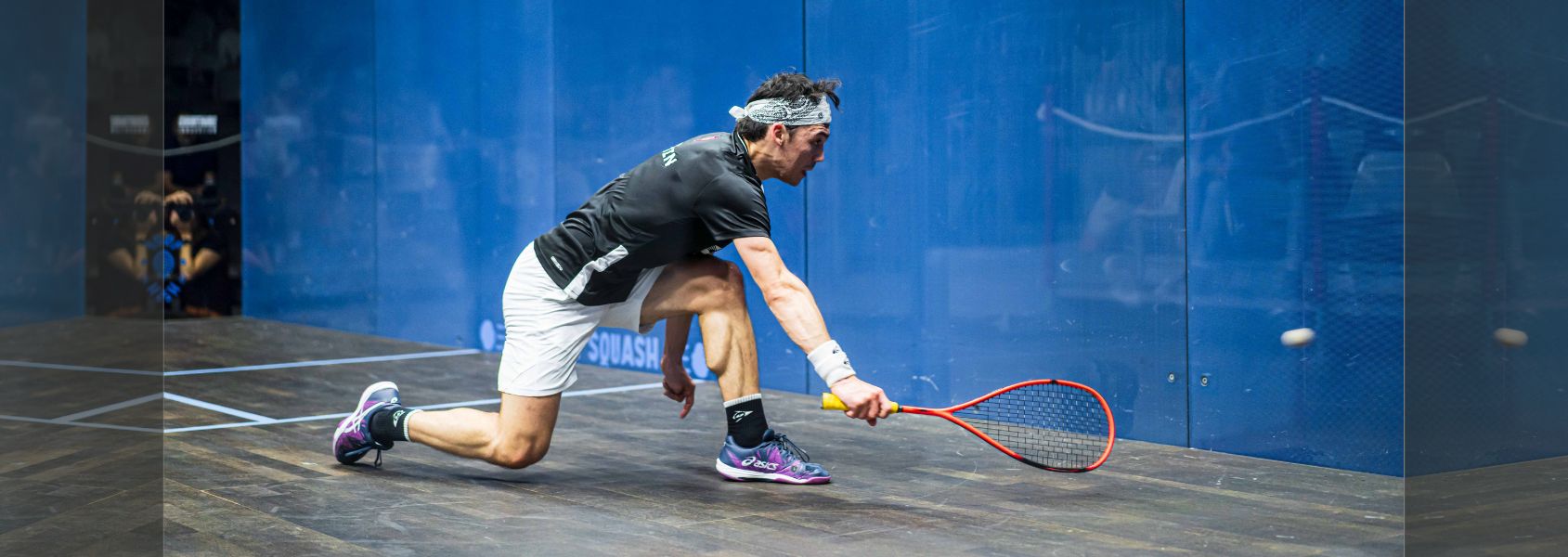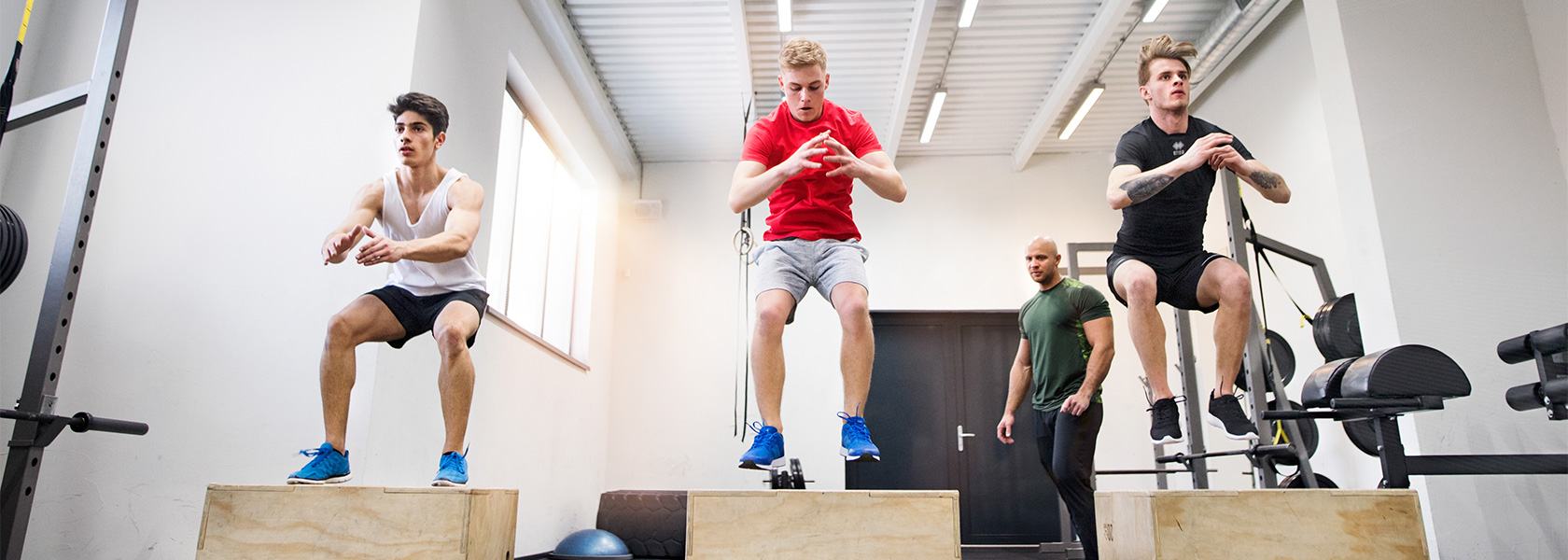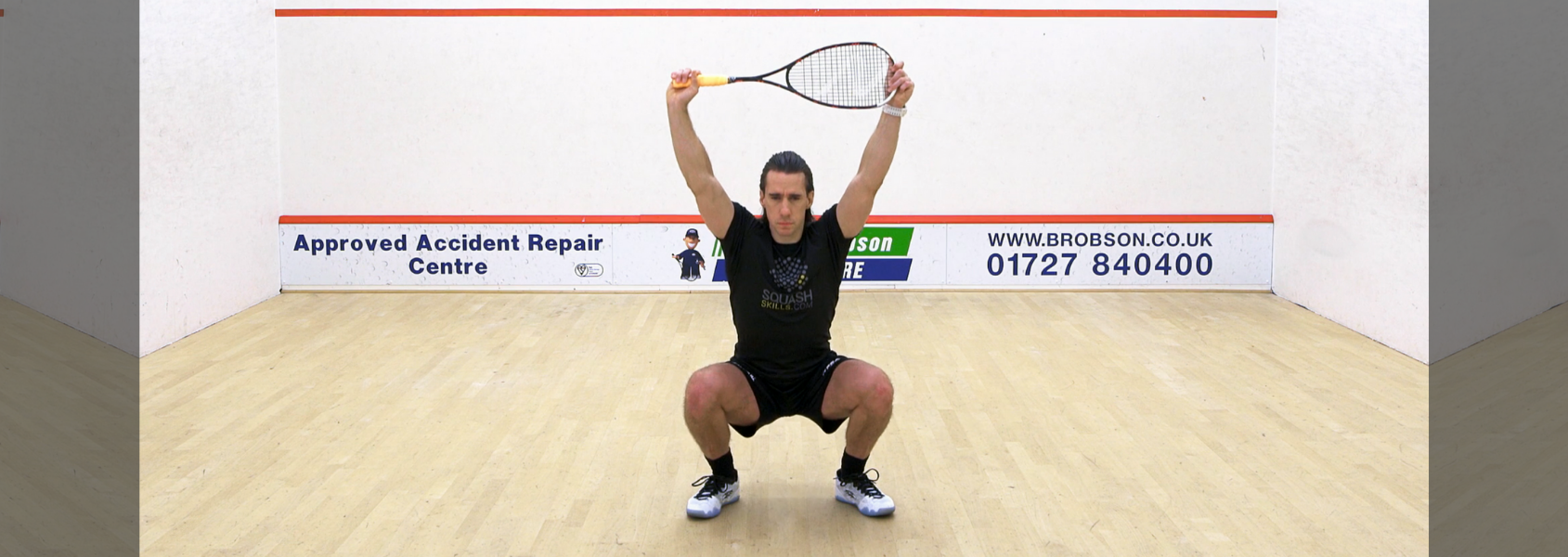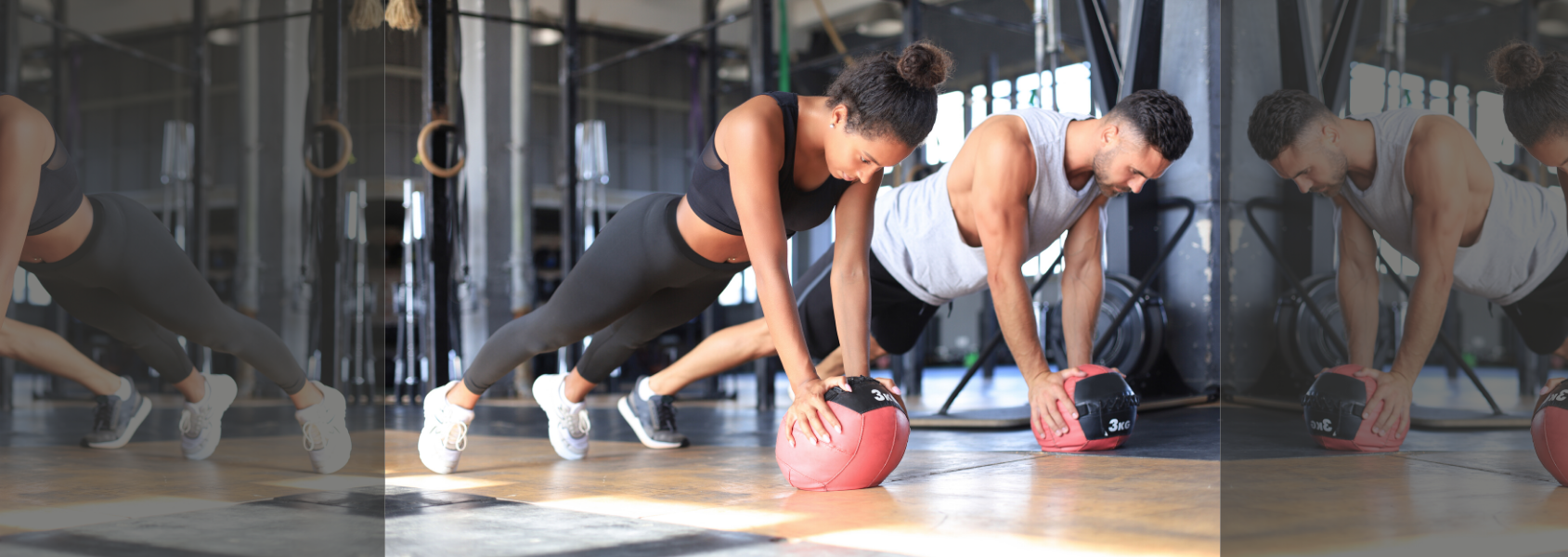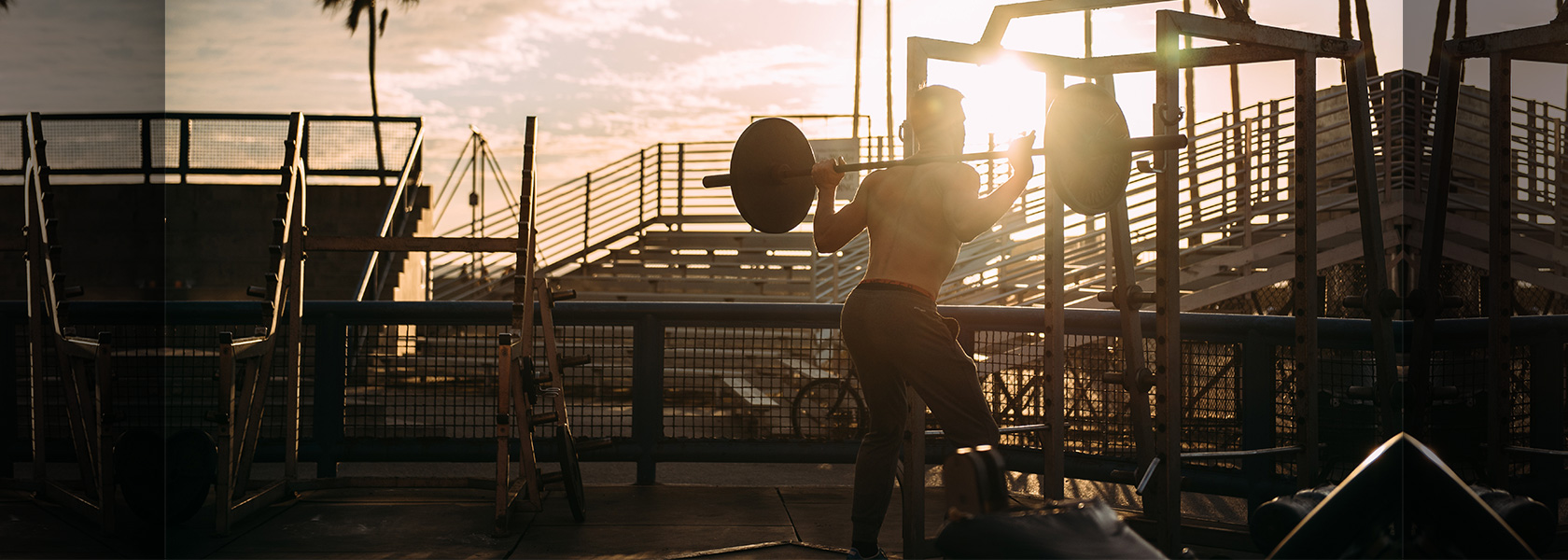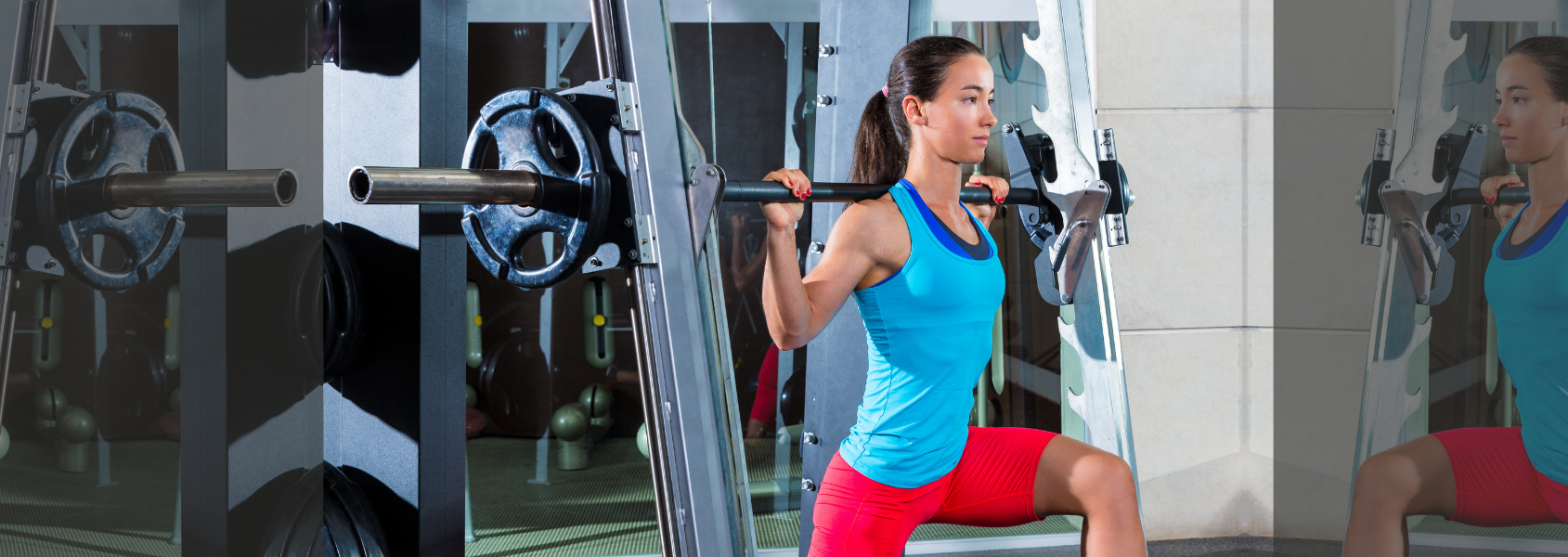Squash players – Get engaged!
The warm-up is a crucial part of the performance puzzle for the squash player, and is a topic we devote a lot of attention to here in the content on the site, and in the sessions at our SquashSkills training camps.
Can squash players benefit from barefoot training?
For the squash player, the ability to move dynamically and efficiently around the court is key.
To this end, much of the training that we do to improve our athletic capabilities revolves around various drills and workouts focusing on the muscles of the lower limbs – various squats, jumps, and lunges, that predominantly target the quads, hamstrings, and gluteals.
As vital to our athletic development as these kinds of movements and exercises are, there is usually very little (if any) attention paid to the only part of our body that actually makes contact with the ground, and through which all of our drive, push, and stabilisation force actions stem – the feet.
The 4 crucial components of the competitive squash player
To play sport competitively at any level requires a range of different skills and abilities to succeed. To really excel though, it’s necessary to garner a deeper understanding of the major elements that blend together to make up that sport.
While each sport has its own unique set of attributes required for success, particularly one so multi-faceted as squash, all competitive athletic pursuits can be generally divided into four main components: Technical, Tactical, Physical, and Mental.
Fitness for squash: Fartlek training
Looking for a fresh, fun, squash-specific physical session to add to your training? Try some fartlek interval sessions, and reap the benefits of this simple, effective, and highly flexible training method.
Flexibility for squash – part 2
When most people think ‘Flexibility’, they think ‘Stretching’. The idea that making the muscles ‘longer and looser’ is an essential part of warming-up, cooling down, and enhancing performance for a sport such as squash is one of those ideas that is pretty entrenched in most players mind.
Benefits of resistance training for squash – Part 2
Athletic training methods have become ever more scientific over the past 20 years, and coaches are placing an ever-increasing focus on any small factor that may be able to improve their athletes’ performance by even the slightest percentage in competition – even well-established training methods have been re-examined in greater and greater detail to draw every possible degree of benefit from them.
What the science says: Multiple-sprint ability for peak performance
In this blog, we’re revisiting our ‘What the Science Says’ feature, a series where I take a look at a squash-related scientific paper and breakdown what the authors found from their research, and what info (if any) amateur players can take from it and utilise back within their own games.
Fitness programme update – Benefits of bolt-ons
We’re constantly growing and expanding our library of fitness content on the site, and this includes a whole host of fresh new sessions and programmes being added weekly.
3 tips to help you stick to a training programme
As anybody who has played the sport for any length of time will know, the physical side of the game has a huge role in the level of squash you’re able to play at. Improving your game isn’t just about developing technique, it’s about improving your conditioning to allow you to play faster, harder, and for longer.
Fitness programme update – Speed up your game
We’ve got a great selection of training programmes here on the site, with a wide variety of beginner and more advanced programmes to cover all levels and abilities.
Whether you’re looking to focus your training on power, stability, endurance, or just general all-round physical gains, there’s a programme for you.
Fitness programme update – Power up your training
We’ve put together a great selection of fitness training programmes for you here on the site, with a wide variety of beginner and more advanced programmes to cover all levels and abilities.
Whether you’re looking to focus on your endurance, your strength, or if you’re just looking for a general all-round physical boost, there’s a programme for you.
3 top training tips to improve your movement for squash
We’ve had some great content on the site recently, looking at movement and how it’s such a key part of the game for so many of the most successful players. To help get you flowing around the court like the world’s best, here are our SquashSkills 3 top physical training tips for improving your on-court movement.
Plyometrics for the squash player
A typical squash rally contains multiple sprints, lunges, turns, and changes of direction. These movements need to be strong and dynamic to allow you to cover ground quickly, get onto the ball early, and to help avoid being controlled and manoeuvred out of position by your opponent.
An Introduction To Core Training
‘Core training’ has long been a buzz phrase in fitness circles, with many Personal Trainers and Fitness Instructors the world over taking a limited understanding of the concept and running with it, to the point now that much of the original essence and foundation of core training has been lost along the way and replaced with ever more elaborate so-called ‘functional’ exercises.
Fitness Training With A Friend
One of the great things about squash is how easy it is to get on court and practise your skills and technique on your own if you’ve got no partner or friend available.
Does jogging have any benefits for squash players?
Most amateur squash players will at some point (usually after a defeat!) have decided it was time ‘to get fitter’.
For many though, it’s difficult to know where to start.
What bike? Wattbike!
In the quest for peak conditioning, bike sprints have long been one of the most familiar elements of the dedicated squash player’s training. The game-specific nature of short sharp bursts of effort followed by brief intervals of active recovery makes them ideal for enhancing endurance for the sport.
Keeping squash-fit on vacation – pt.1
With the Summer starting to creep in for those in the Northern Hemisphere, a lot of people’s minds turn to luxury vacations to exotic climes – or at least, weekend breaks out of town with the kids in tow! For the dedicated squash player however, the immediate concern naturally becomes: “But how will I keep up my training in Barbados/Tenerife/Skegness??”. The good news is, SquashSkills is here to help!
Keeping squash-fit on vacation – pt.2
With the Northern Hemisphere Summer starting to creep in, a lot of people’s minds turn to luxury vacations to exotic climes – or at least, weekend breaks out of town with the kids in tow! For the dedicated squash player however, the immediate concern naturally becomes: “But how will I keep up my training in Barbados/Tenerife/Skegness??”. The good news is, SquashSkills is here to help!
Issues With The ‘Smith Machine’ For Squash Players
Most commercial gyms these days will contain a Smith Machine or two, and their large impressive shiny frames and apparent ease of use tend to have the effect of luring less experienced exercisers into the clutches of their attractive looking, but unfortunately rather poorly designed mechanical frames. Despite being so prevalent in so many gyms for so many years, there are a number of serious flaws in both their form and function.
